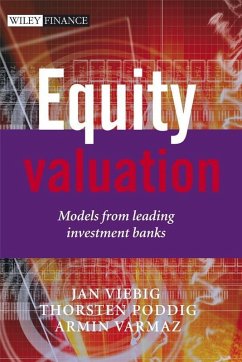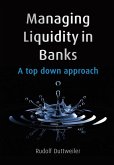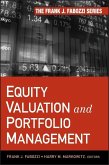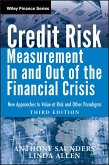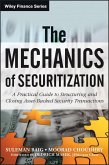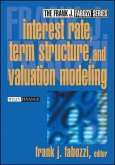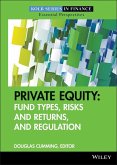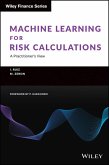Equity Valuation: Models from the Leading Investment Banks is a clear and reader-friendly guide to how today's leading investment banks analyze firms. Editors Jan Viebig and Thorsten Poddig bring together expertise from UBS, Morgan Stanley, DWS Investment GmbH and Credit Suisse, providing a unique analysis of leading equity valuation models, from the very individuals who use them. Filled with real world insights, practical examples and theoretical approaches, the book will examine the strengths and weaknesses of some of the leading valuation approaches, helping readers understand how analysts: · estimate cash flows · calculate discount rates · adjust for accounting distortions · take uncertainty into consideration Written for investment professionals, corporate managers and anyone interested in developing their understanding of this key area, Equity Valuation: Models from the Leading Investment Banks will arm readers with the latest thinking and depth of knowledge necessary to make the right decisions in their valuation methodologies.
Dieser Download kann aus rechtlichen Gründen nur mit Rechnungsadresse in A, B, BG, CY, CZ, D, DK, EW, E, FIN, F, GR, HR, H, IRL, I, LT, L, LR, M, NL, PL, P, R, S, SLO, SK ausgeliefert werden.

